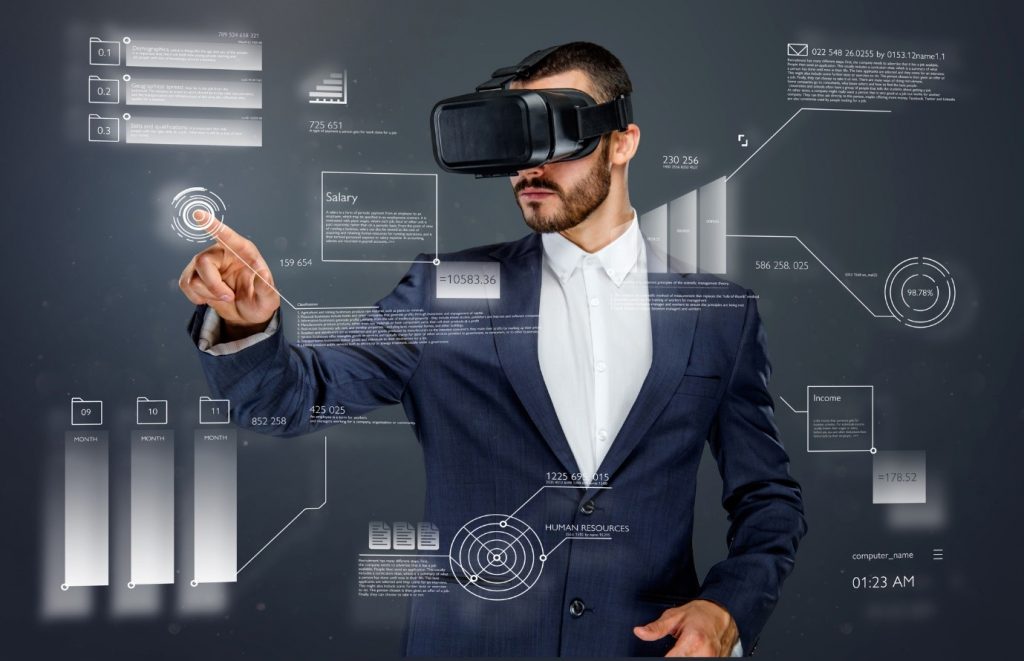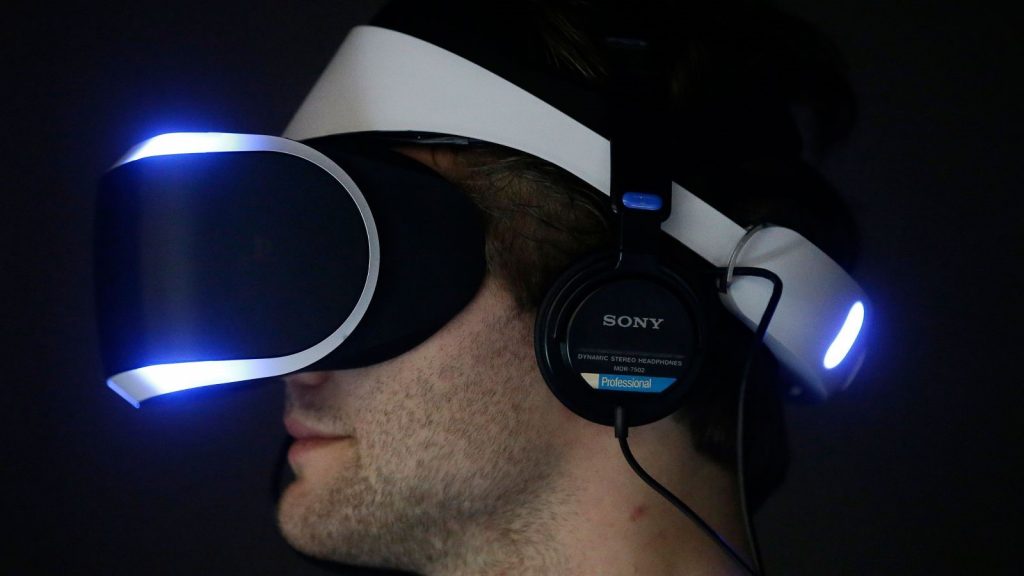Virtual reality is a way to create a computer-generated environment that immerses users into the virtual world. When we use a VR headset, we need a set-up simulation that keeps us completely away from the real environment.
While from an experience perspective we do understand the concept, what about the technical backend that allows everything to happen. Do you really know how virtual reality works?
The main subject of virtual reality is simulating vision. Each headset aims to perfect their approach to creating a deep 3D environment. Each VR headset attaches a screen (or two – one for each eye) in front of the eye, eliminating all interactions with the real world. Autofocus lenses are normally positioned between the screen and the eyes of the user which adjust according to the movements and position of the individual eyes. Visuals on the screen are displayed either by using a mobile phone or an HDMI cable connected to a PC.

To make virtual reality truly immersive there are certain prerequisites – a minimum frame rate of 60fps, the same refresh rate is competent and a minimum 100-degree field of view (FOV) (although 180 degrees are ideal). The rate of the frame is the rate at which the GPU can process images per second, the screen refresh rate is the display speed for making images, and the FOV is the extent to which the display can support eye and head movements.
If one of these does not function according to the standard, users can experience latency which is too much time lag between their actions and the response from the screen. We need a response of less than 20 milliseconds to trick the brain that is achieved by combining all the above factors in the right proportions. Another problem that needs to be addressed here is to prevent cybersickness due to inconsistency between frame rate and refresh rate.
Many businesses are benefitting from this new technology, especially those involved in construction and design. For more information on BIM Technology, visit https://www.bimtech-eng.com/
Apart from the images, there are several other elements that aim to create a deep VR experience, making users truly engrossed in a virtual environment:
Sound Impact
Sound effects, when synchronized with visuals, can create a very interesting effect. By using headphones and 3D sound effects, user confidence in the virtual environment can be assured. While crafting sound effects must be considered the consistency between graphics and sound.

Eye and Head Tracking
Eye and head tracking can be ascertained using a laser pointer, led light, or cellular sensor. On mobile devices, accelerometers are used to detect three-dimensional movements, gyroscopes for angular motion, and magnetometers to identify positions relative to Earth. If we need to achieve very high accuracy, the camera and sensor can be installed in the room where you will use the headset. Although this is a much more expensive arrangement than using a basic telephone sensor.

